A number of clients have asked me what is the relationship between PTH and osteoporosis. The parathyroid hormone (PTH) is one of a number of factors that play an important role in keeping our skeleton healthy.
PTH is naturally produced by our parathyroid glands. These tiny, rice-size glands, located in the neck, are responsible for keeping our blood calcium levels under check.
Parathyroid hormone (PTH) can also be produced synthetically. It is a powerful osteoporosis medication clinicians can use to help rebuild bone in patients with osteoporosis.
This post will look at a two key questions related to PTH and osteoporosis:
- Are parathyroid hormones an effective treatment for osteoporosis?
- Are there benefits to doing osteoporosis exercise while you are taking PTH?
Let’s start with an overview of the PTH hormone and osteoporosis.
PTH for Osteoporosis: Bone Remodeling and Bone Heath
Parathyroid hormone (PTH) stands out as one of the few FDA-approved treatments that actually builds new bone in individuals with severe osteoporosis. This makes it a valuable option for many postmenopausal women and men with osteoporosis looking to strengthen their bones.
The most well known parathyroid hormones (PTH) for the treatment of osteoporosis are Tymlos and Forteo. Tymlos is the brand name for Abaloparatide and Forteo is the brand name for Teriparatide.
These medications are self administered through a daily injection. They work by binding to the parathyroid hormone receptor. The parathyroid hormones affect the bone remodelling process by stimulating the osteoblasts to make more bone and increase bone density.
When given intermittently, PTH promotes the development of new osteoblasts and extends their lifespan, stimulating bone formation, increasing bone mineral density, slowing bone loss, and reducing the risk of a fracture.
However, PTH treatment has a limitation: its bone-building benefits plateau after about 24 months. This occurs because although PTH initially increases bone formation, a gradual increase in bone resorption (breakdown) follows, creating what researchers call an “anabolic window” – a limited timeframe during which therapeutic benefits must be maximized.
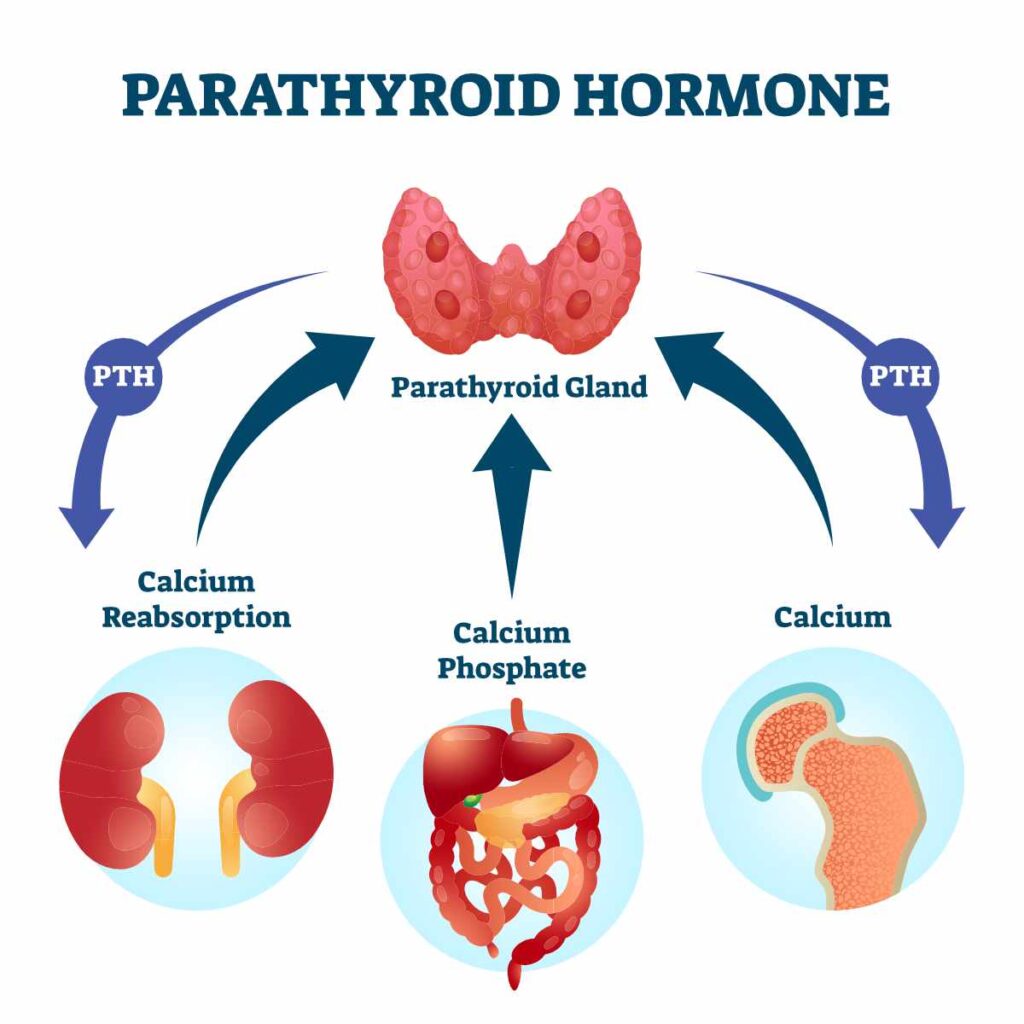
PTH and Osteoporosis Exercise
Research over the years has shown that mechanical loading through weight bearing and strength training exercise has bone-building effects. Researchers wondered if exercise was combined with PTH treatment, could the two approaches work together and potentially stimulate new bone formation better than only parathyroid hormone therapy?
A new study (1) published in the journal Bone (2025) looked specifically at this question. They explored whether “priming” the skeleton with PTH treatment before starting an exercise program might enhance the overall effect. The researchers, led by Tyler J. McNeill and colleagues at Cornell University, conducted experiments with female mice to test this hypothesis.
Bone Health Research Into PTH and Osteoporosis Exercise
The study pre-treated mice with either PTH or a saline solution (as a control) for six weeks. Then, the researchers applied cyclic compression to the shin bone (a controlled form of mechanical loading similar to brisk walking or running) for either two or six weeks while continuing the PTH or saline treatment.
They analyzed bone in both the cortical (dense outer) and cancellous (spongy inner) parts of the shin bone), measuring changes in the bone structure, the presence of bone cells, and the speed at which new bone was developing.
Exercise Recommendations for Osteoporosis
Exercise is an essential ingredient to bone health. If you have osteoporosis, therapeutic exercise needs to be part of your osteoporosis treatment program.
But what exercises should you do and which ones should you avoid? What exercises build bone and which ones reduce your chance of a fracture? Is Yoga good for your bones? Who should you trust when it comes to exercises for osteoporosis?
A great resource on exercise and osteoporosis is my free, seven day email course called Exercise Recommendations for Osteoporosis. After you provide your email address, you will receive seven consecutive online educational videos on bone health — one lesson each day. You can look at the videos at anytime and as often as you like.

I cover important topics related to osteoporosis exercise including:
- Can exercise reverse osteoporosis?
- Stop the stoop — how to avoid kyphosis and rounded shoulders.
- Key components of an osteoporosis exercise program.
- Key principles of bone building.
- Exercises you should avoid if you have osteoporosis.
- Yoga and osteoporosis — should you practice yoga if you have osteoporosis?
- Core strength and osteoporosis — why is core strength important if you have osteoporosis?
Enter your email address and I will start you on this free course. I do not SPAM or share your email address (or any information) with third parties. You can unsubscribe from my mail list at any time.
PTH and Osteoporosis Exercise: Key Research Findings
The results of this study revealed several important findings:
- PTH pre-treatment for six weeks significantly increased cortical bone mass before any mechanical loading began.
- When mechanical loading was applied at the same time as PTH, it enhanced load-induced increases in cortical bone mass. The bones of the mice who had six weeks of PTH before starting the mechanical loading or weight bearing, had even greater increases in their cortical bone mass.
- Interestingly, concurrent PTH and loading had mixed effects in cancellous bone – PTH treatment actually blunted the effects of loading in this bone type. However, pre-treatment with PTH rescued these effects, returning the response values to those of saline-treated animals.
- The study found that osteoclast populations (cells that break down bone) decreased with loading, regardless of PTH treatment. Meanwhile, active osteoblast populations (bone-building cells) increased with PTH pre-treatment but didn’t change with loading.
- Bone formation rate increased with PTH pre-treatment in the group that underwent loading for 2 weeks. However, after 6 weeks there was no difference between treatment groups.
What This Means for You
This research suggests that the timing of combining PTH hormone treatment with exercise matters. Pre-treating with PTH before starting an exercise regimen appears to “prime” the skeletal tissue, enhancing the anabolic (bone-building) response when the two treatments are used together.
For men and post-menopausal women considering or currently using PTH therapy, these findings highlight the potential benefit of adding a weight-bearing exercise program to your treatment plan. The synergistic effects could help maximize bone growth during the limited “anabolic window” of PTH treatment.
Important Considerations: The PTH Hormone and Osteoporosis
While these research results are promising, there are some important points to keep in mind:
- This is Preclinical Research: The study was conducted in mice, and while mouse models are valuable for understanding bone biology, human responses may differ.
- Cortical vs. Cancellous Bone: The effects of combined PTH and exercise appear to differ between cortical and cancellous bone. This is relevant because many osteoporotic fractures occur at sites that contain both bone types.
- The “Anabolic Window”: Since PTH treatment benefits plateau after about 24 months, timing your exercise program to coincide with PTH therapy could be important for maximizing results.
- Exercise Type Matters: The mechanical loading in this study was carefully controlled. In humans, weight-bearing exercises like walking, jogging, stair climbing, would provide similar mechanical stimulation.
Conclusion
If you’re currently using or considering PTH treatment for osteoporosis, this research on the relationship between PTH and osteoporosis exercise suggests several potential strategies for treating your osteoporosis:
- Talk to Your Doctor: Discuss the possibility of combining PTH treatment with a structured osteoporosis exercise program, particularly one that includes weight-bearing activities.
- Focus on Weight-Bearing Exercise: Activities that put mechanical load on your bones – like brisk walking, stair climbing, and jogging – seem to work synergistically with PTH treatment.
- Be Consistent: The research suggests that continuing both PTH treatment and exercise together provides the greatest benefit.
Remember that the 24-month “anabolic window” of PTH treatment is limited, so finding ways to maximize bone building during this period is crucial. This new research suggests that pre-treatment with PTH followed by combining PTH with regular weight-bearing exercise might be one effective strategy for enhancing bone health, increasing bone mineral density in men and postmenopausal women, and reducing fracture risk.
A Comprehensive Osteoporosis Exercise Program
I encourage clients to follow an osteoporosis exercise program that is “all inclusive” for building bone in both your upper body and lower body. Weight bearing exercises primarily stimulate the bones of your lower body.
Be sure to include daily upper body weight bearing such as wall or counter top push-ups. Try to spend time on your hands and knees: consider crawling (with knee pads) to stimulate lower body bone building.
As with any medical treatment or exercise program, be sure to consult with your healthcare provider to develop a plan that’s appropriate for your specific health needs and circumstances.
Margaret Martin
Further Readings
Reference
- McNeill TJ, Rooney AM, Ross FP, Bostrom MPG, van der Meulen MCH. PTH pre-treatment prior to tibial mechanical loading improves their synergistic anabolic effects in mice. Bone. 2025 Jul;196:117474. doi: 10.1016/j.bone.2025.117474. Epub 2025 Mar 29. PMID: 40164271.
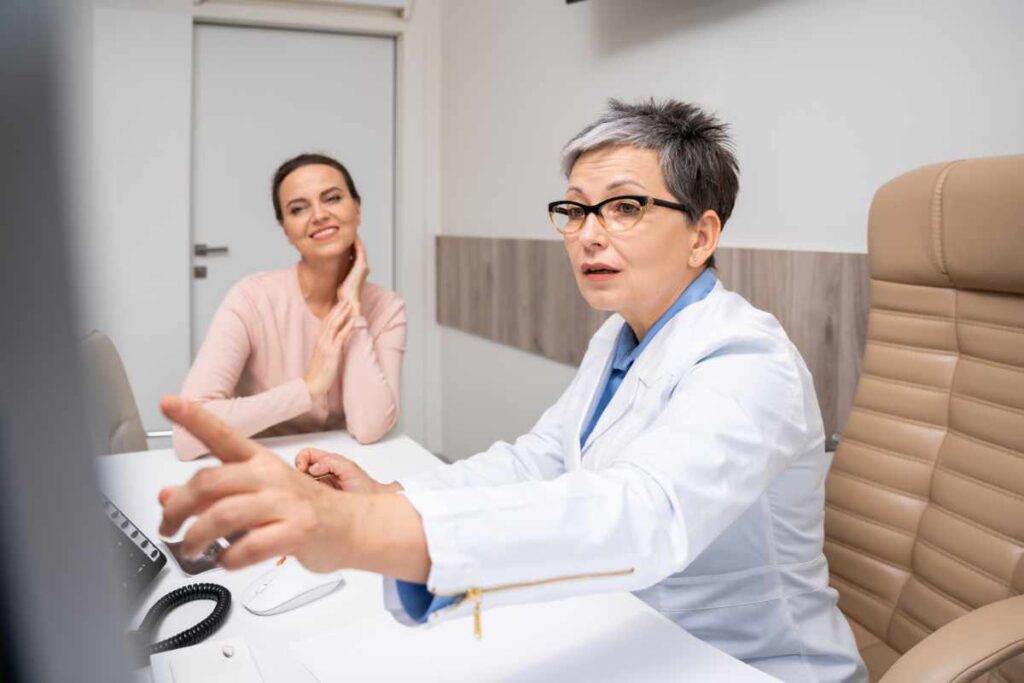
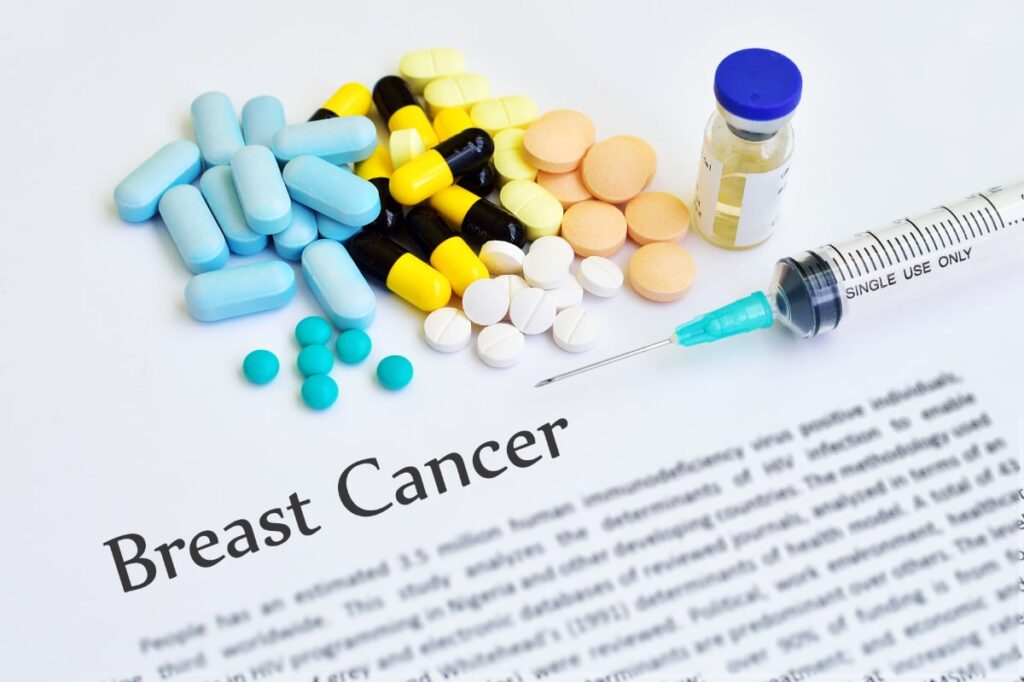
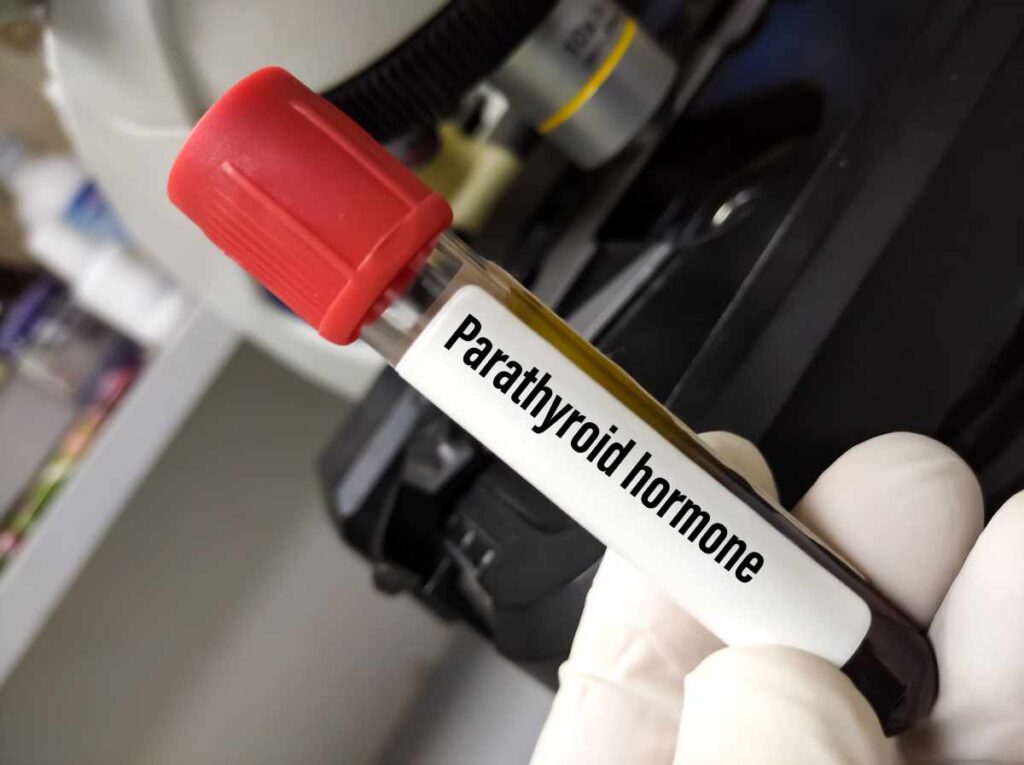
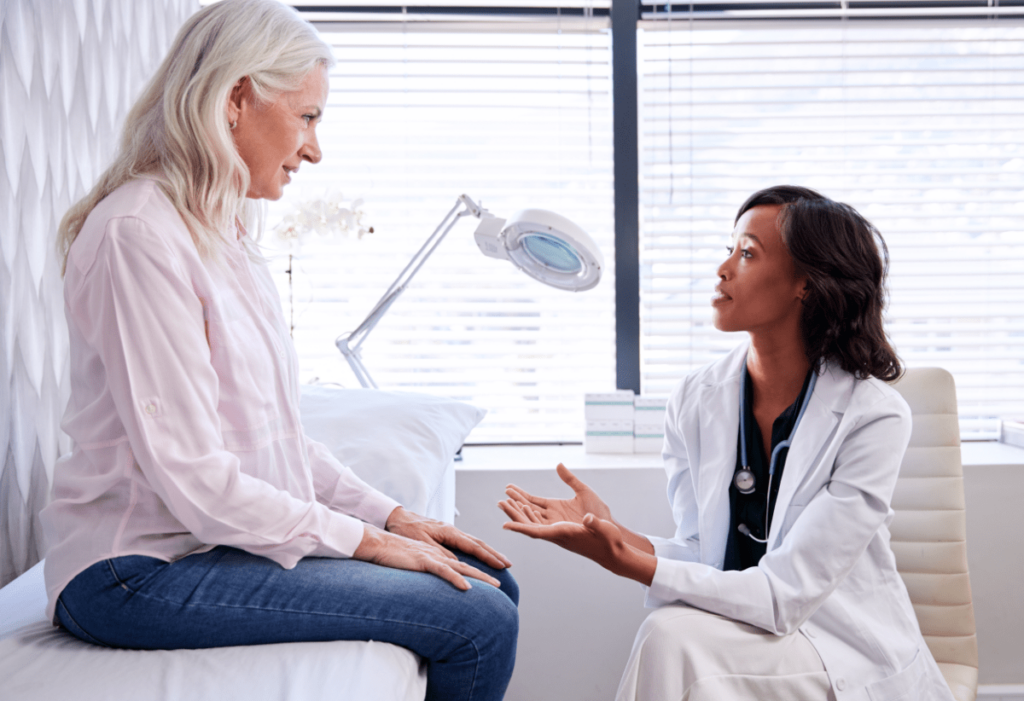
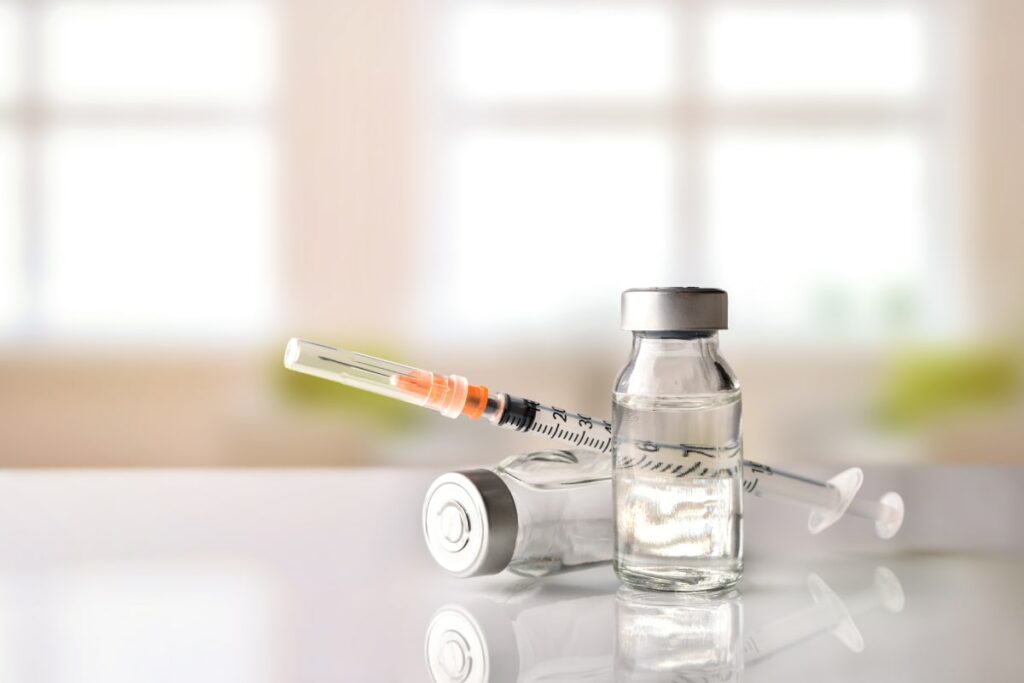
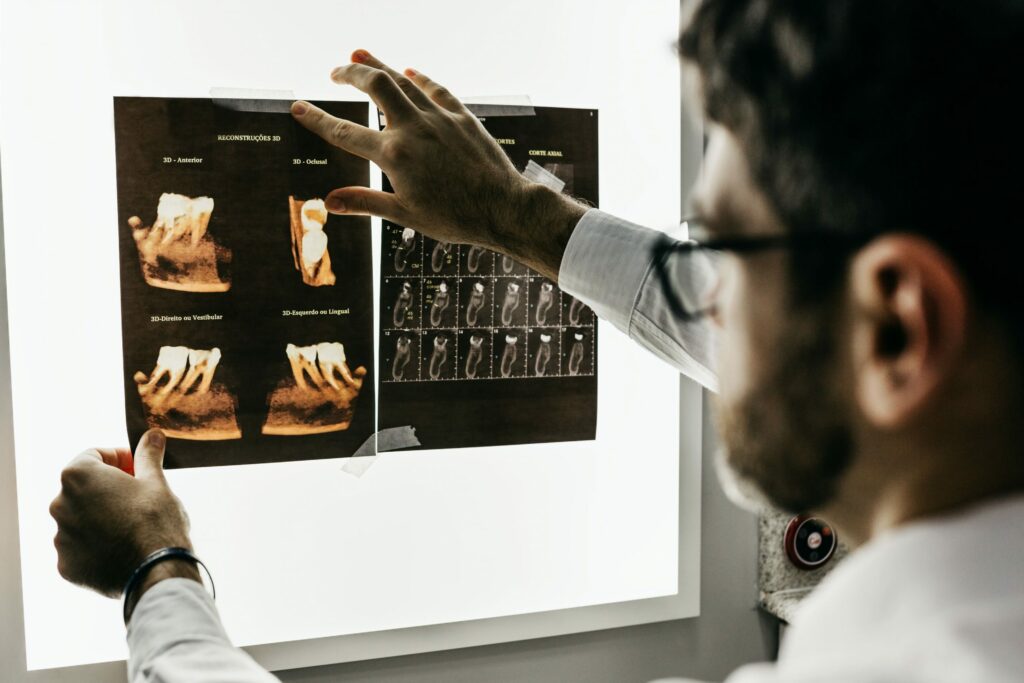

Comments